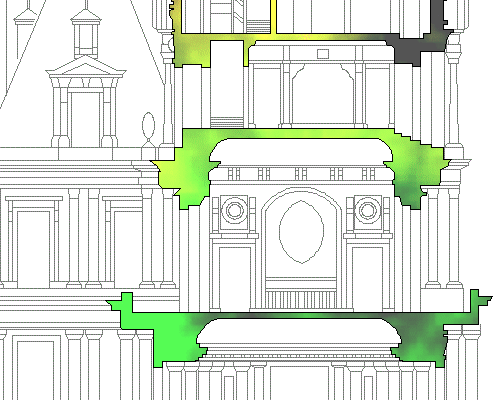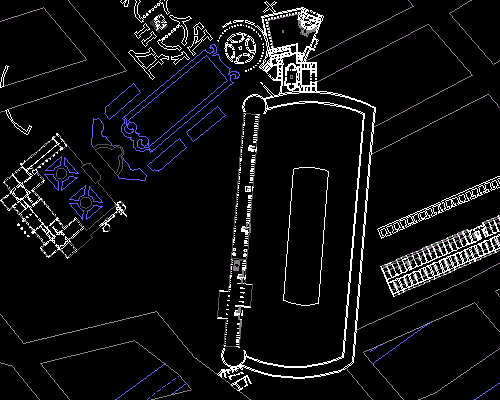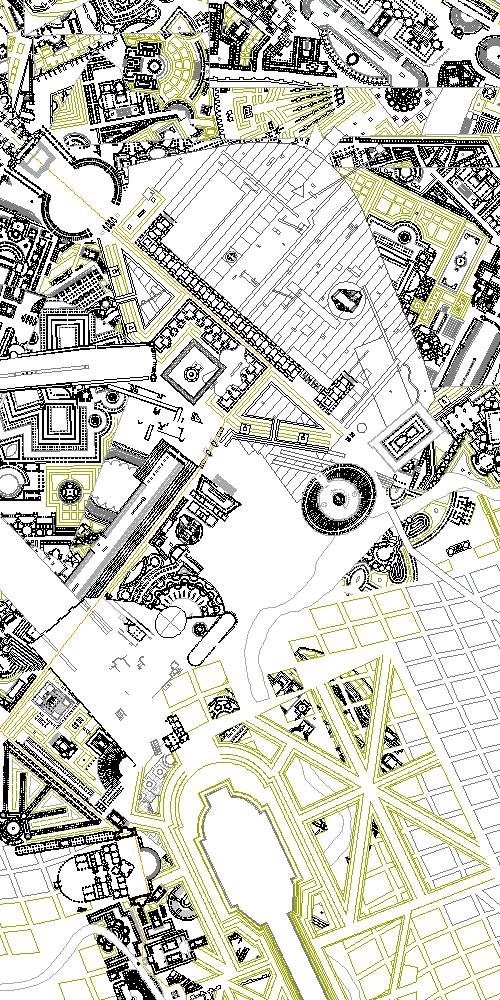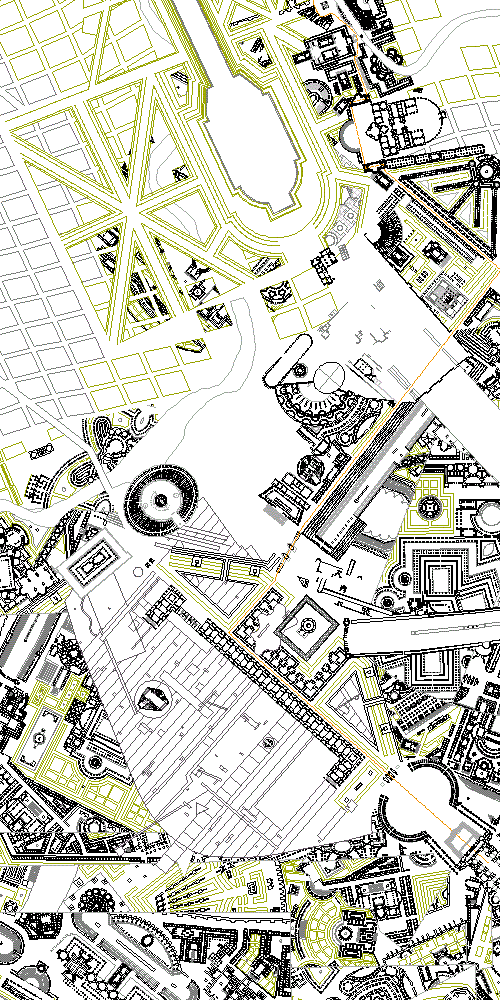In their own way, those architects who from the late fifties until today have tried to reconstruct a common discourse for their discipline, have felt the need to make a new morality of content.
In his hands, the elements of the modern architectural tradition come suddenly to be reduced to enigmatic fragments, to mute signals of a language whose code has been lost, stuffed away casually in the desert of history.

Today, he who is willing to make architecture speak is forced to rely on materials empty of any and all meaning: he is forced to reduce to degree zero all architectonic ideology, all dreams of social function and any utopian residues.
Thus, the new "knights of purity" advance into the realm of the present debate waving as flags the fragments of a utopia which they themselves cannot see.
No wonder then that if the most heartfelt condition today is that of wishing to salvage values pertinent to architecture, the only means is to employ "war surplus" materials, that is, to employ what has been discarded on the battlefield after the defeat of the Modern movement.
To work with leftover materials, with the garbage and throwaways of our daily and commonplace existence, is an integral aspect of the tradition of modern art, as if it were a magic reversal of the informal into things of quality through which the artist comes to terms with the world of objects.

Translation by Victor Caliandro
Manfredo Tafuri
L'Architecture dans le Boudoir: The language of criticism and the criticusm of language
| |

| |

|



